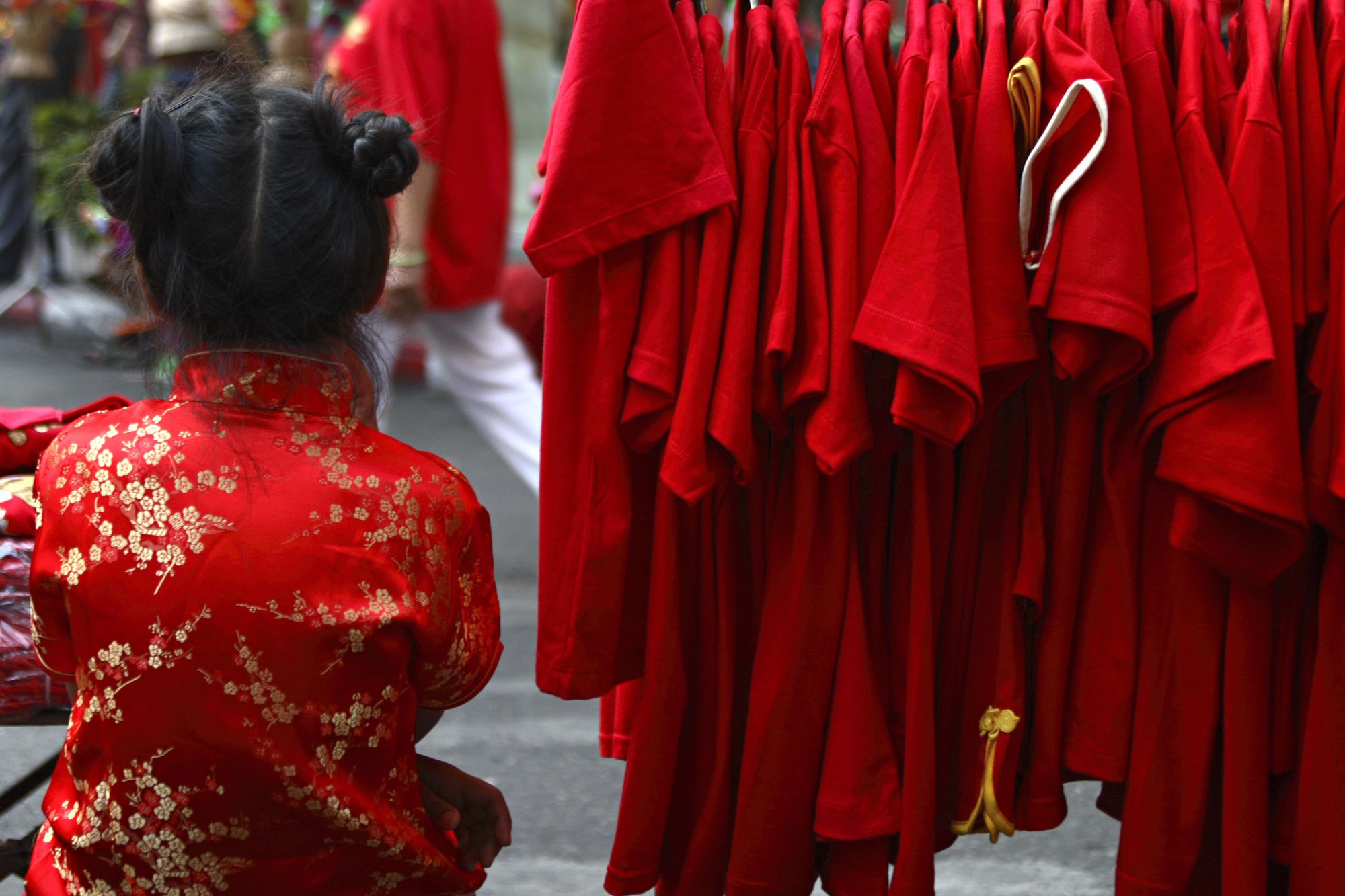Editor’s Note: Christina Dean is the founder and chair of Redress, a Hong Kong-based NGO working to reduce waste in the fashion industry. She is also co-founder and CEO of The R Collective, a brand specializing in upcycled fashion. The opinions expressed in this commentary are hers.
As the (Year of the) Dog passes the 2019 baton to the Pig, families from Beijing to Boston are celebrating by consuming everything from dumplings and dresses to digital gadgets. In China, where retailers enjoy a sales boom over the Lunar New Year, we’re also witnessing the country’s voracious fashion consumption habit: an annual clothing purge followed by a splurge.
Let’s take the purge first. In keeping with New Year traditions and superstitions, Chinese homes are often spring-cleaned to within an inch of their existence to rid homes of bad luck that has accumulated over the year. An “out with the old” mantra means that many used products will be thrown out.
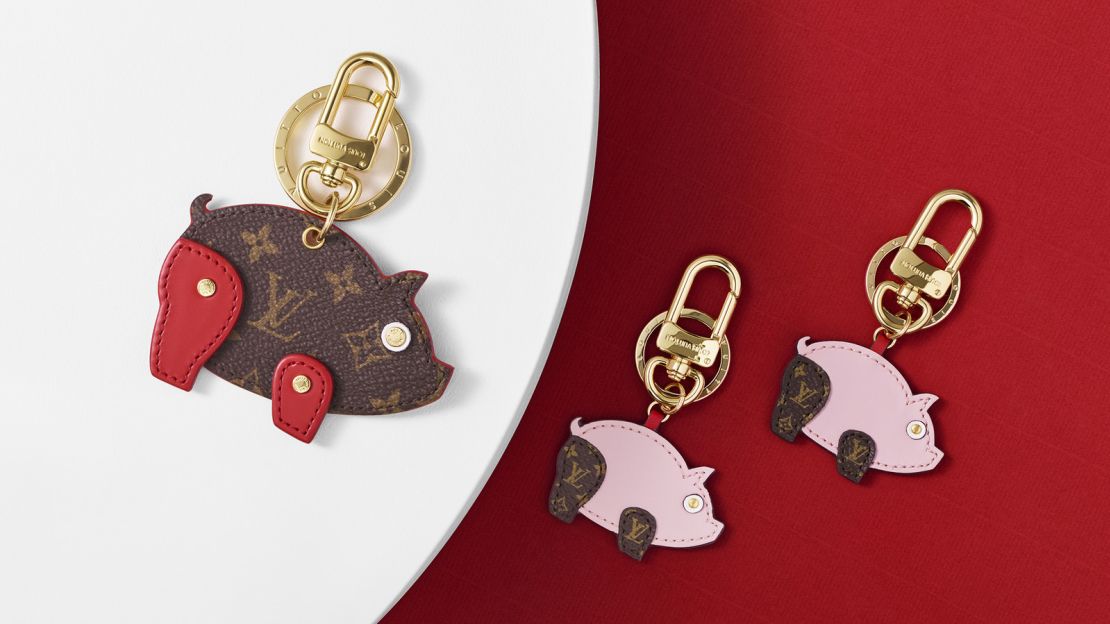
Then comes the splurge. The Lunar New Year heralds one of China’s busiest shopping seasons, as the unmarried receive customary cash gifts from married friends and family via embossed red envelopes (or, increasingly, digitally via WeChat). And clothes are often high on people’s wish lists.
With shoppers cashed up and looking to start the year in new attire (it’s as inauspicious to wear old clothes as it is to wash your hair on the first day of the year) new Hermes, H&M, Zegna and Zara goods will be flying off the rails as we speak. Red clothes – and red underwear especially – will be in peak demand, as the color signifies luck and happiness.
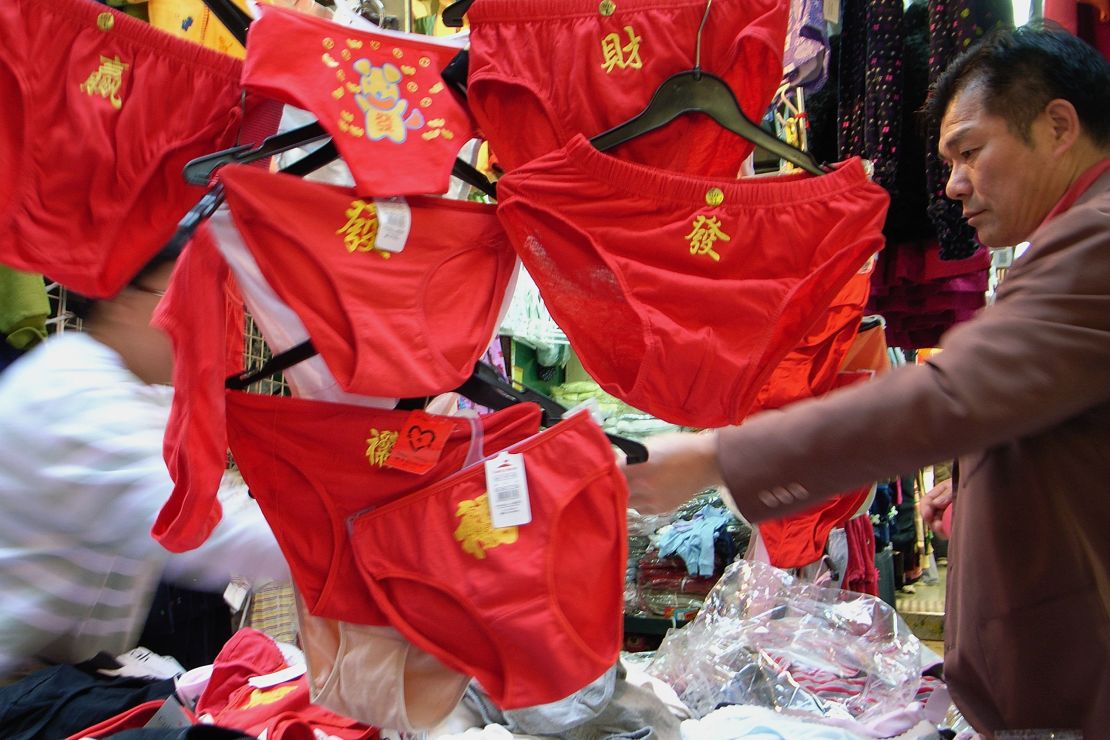
Then there are the novelty luxuries that enjoy a brief spin around the block, before either boredom, or the next zodiac animal, drives them into the trash. Louis Vuitton’s pig keychain, Longchamp’s piglet-inspired accessories and Gucci’s monogrammed pig-shaped purse are among this year’s most ostentatious examples.
When China – the world’s fastest-growing consumer market – goes shopping, it injects valuable spending into the country’s slowing economy. But it also sends environmental shockwaves around the planet.
Rampant consumption
A shopping spree in the world’s most populous nation is an environmental concern for us all. China is a victim too, however.
As the world’s largest exporter of clothing and textiles, the country has, for years, shouldered the weight of our own appetite for fast fashion. Until 2017, when China banned imports of “foreign waste,” including textiles, it dealt with our closet rejects too.
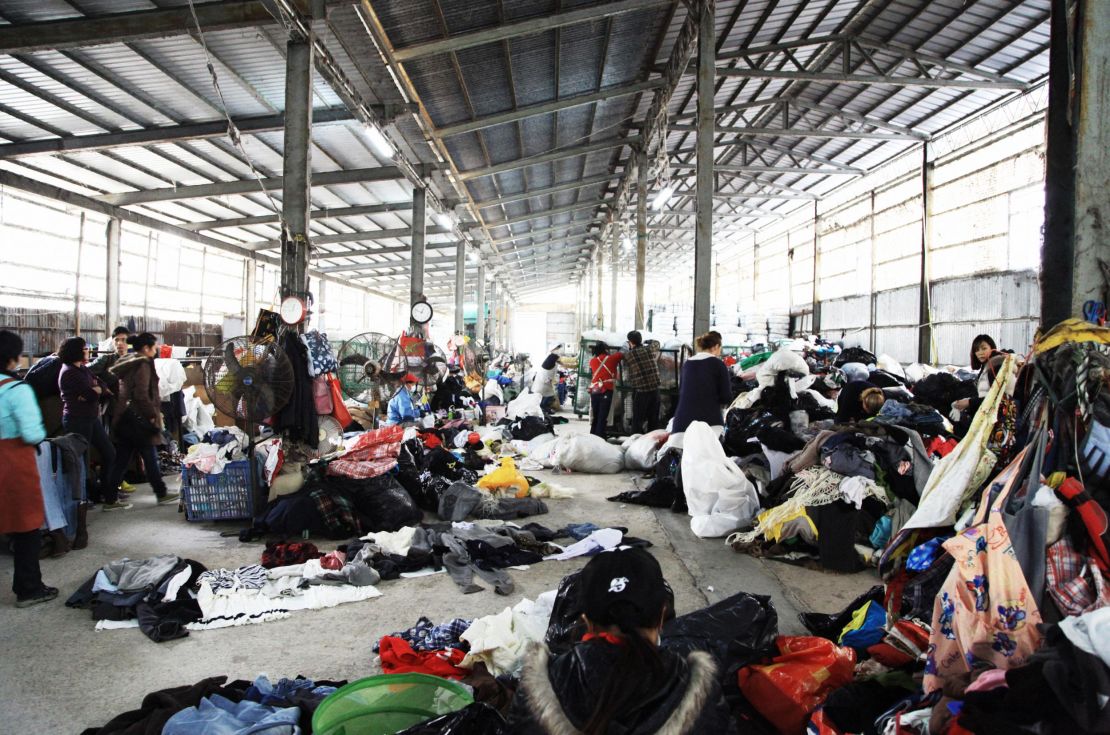
Global statistics on consumption and waste hold an ugly mirror up to our cultures’ obsession with clothes. The number of garments produced annually doubled between 2000 and 2016, exceeding 100 billion for the first time in 2014. The average consumer now buys approximately 60% more clothing a year (and keeps it for about half as long) as they did at the turn of the millennium.
It’s little surprise that 73% of clothes end up in landfills every year. To put this into context: Every second, the equivalent of one garbage truck of textiles is landfilled or incinerated globally. Fashion accounts for 10% of the world’s carbon emissions, while up to 20% of all industrial water pollution comes from dyeing and treating fabrics.
For many in China, the impact is as real as it is deadly. An estimated 37.4% of the country’s bodies of water are deemed “unfit for human contact,” while the existence of up to 450 so-called “cancer villages” – areas where rates of cancer are abnormally high – is widely attributed to industrial and agricultural contamination of drinking and irrigation water.
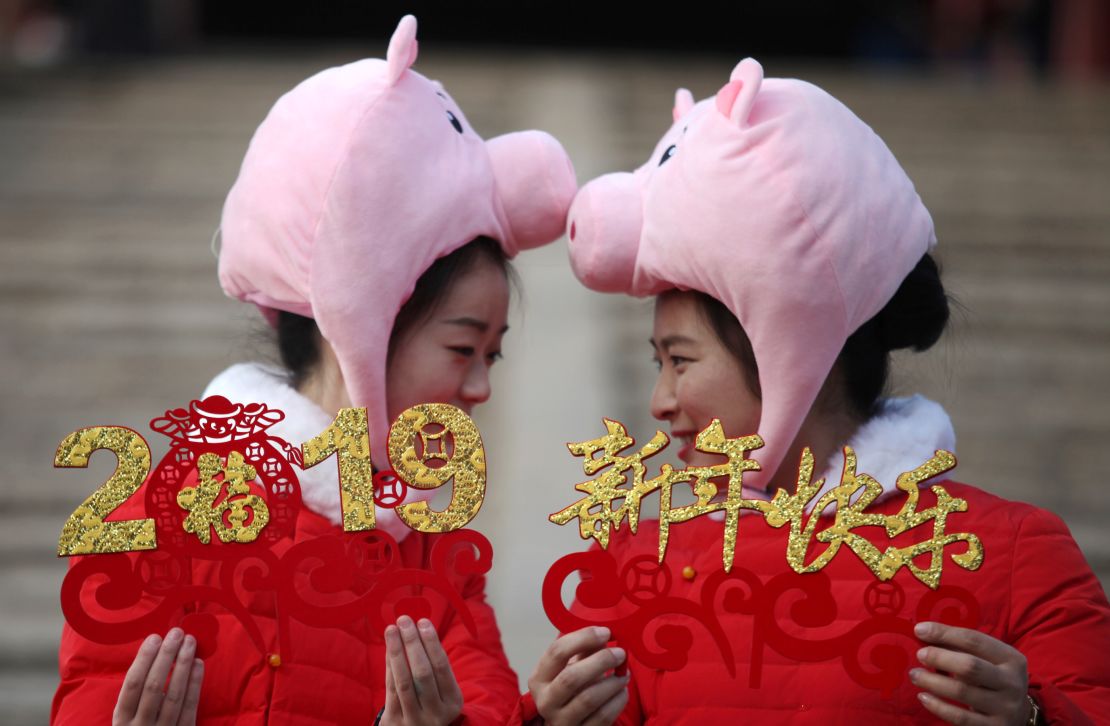
Take arsenic, for instance, which is sometimes used in textile finishing, or chlorine, which is often used to bleach clothing. Both are widely used in China’s garment manufacturing industry, and both are believed to cause cancer if they contaminate drinking water.
Put simply, making textiles – with all of the pesticides and toxic chemicals that goes into them – is a deadly pursuit.
The fashion world is starting to catch on. From Emma Watson to Meghan, Duchess of Sussex, the West has seen an abundance of stars promoting sustainable clothing. In China meanwhile, President Xi Jinping’s wife, Peng Liyuan, famously stepped out wearing items by sustainable designer Ma Ke, while Canto-pop sensations, Sandy Lam and Eason Chan, have both worn upcycled outfits on stage and collaborated with sustainable designers.
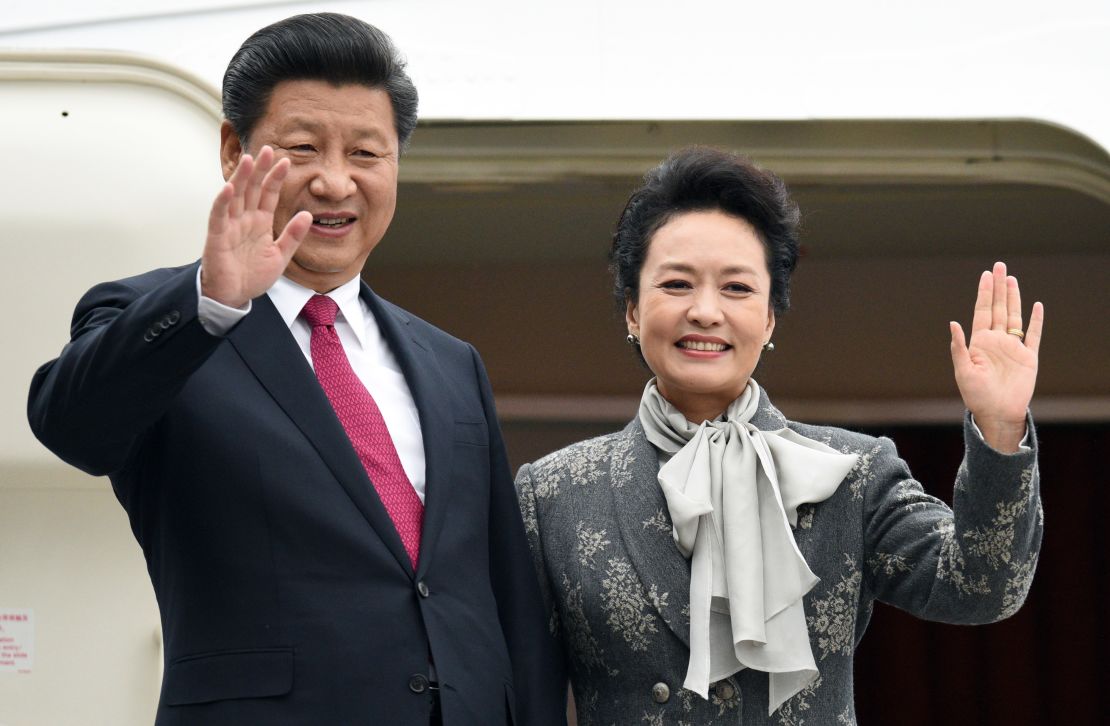
These ideas are filtering down to the masses. More than 65% of emerging market consumers actively seek sustainable fashion, versus 32% or less in mature markets, according to a 2017 McKinsey report. Another recent survey found that Chinese consumers are “more likely than any other shoppers to seek sustainable styles,” with 69% of respondents claiming that sustainability was “important” in their apparel purchases.
Signs of change
So is this apparent demand for sustainable fashion influencing what’s on the rails in China? After all, saying something and doing it are different things, and it’s not yet clear whether consumers will put their money where their mouths are.
The good news, amid so much bad, is that China’s fashion industry is showing signs of an ethical awakening.
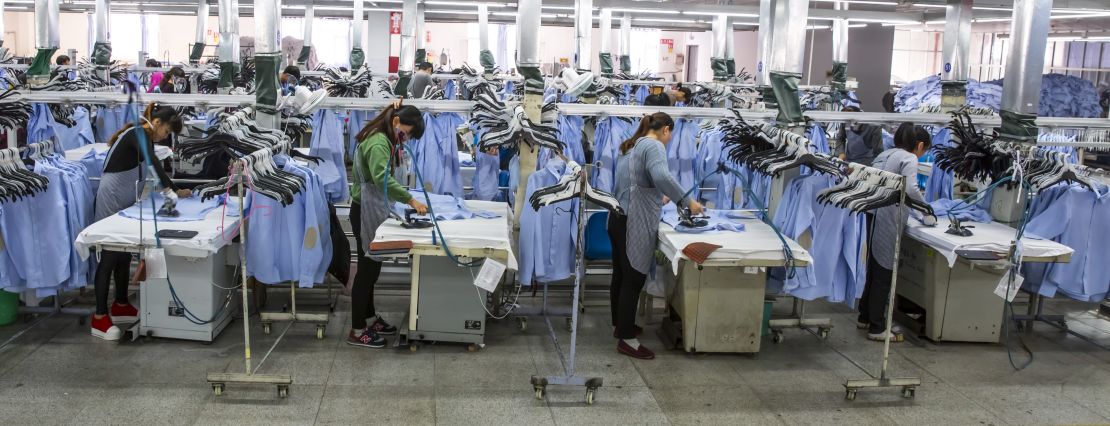
At the drawing board, we’re seeing a new generation of designers adopting sustainable and circular design principles, including zero-waste production and upcycling. In the mid-market, early pioneers – brands like Nuomi, Icicle and Exception de Mixmind – are operating commercially viable businesses, while retail giants like Lane Crawford, one of Asia’s leading luxury department stores, are increasingly stocking sustainable brands, many of which use upcycled materials.
Even the world’s two largest retailers, Zara and H&M (who are often, rightfully, blamed for fashion’s over-consumption and production woes), are offering more sustainable wares, with the latter pledging to only use recycled or responsibly sourced materials by 2030. Both now allow customers to drop off unwanted items in-store, while China’s second biggest e-commerce company, JD.com, recently expanded its system for collecting used clothing via its nationwide delivery network.
Elsewhere in China, JNBY Group’s new label, Reverb, is using a variety of sustainable raw materials and processes. And because the company is listed on Hong Kong’s stock exchange it must – like publicly-listed companies in many other countries – report on its environmental, social and governance (ESG) performance.
We’ve also seen the power of digital to disrupt how fashion is consumed. Clothes rental services, subscription sites and resale businesses are now competing for a slice of China’s sharing economy. Fueled by millennial sentiments and supported by new technology (which can both create better resale platforms and use AI to weed out fakes), the growth of the global luxury resale market is expected to outpace that of the overall luxury goods market by 2020.
A tipping point
Given these innovations, you’d be forgiven for assuming that China is already shopping (and manufacturing) its way to a better future. But when you poke your nose beyond a few feel-good-stories, the nasty truth is that the fashion industry still brushes its worst horrors under the carpet.
The textile industry is estimated to be one of the largest sources of industrial wastewater in China, and it’s often joked that you can tell fashion’s ‘it’ color by looking the color of the country’s rivers.
Chinese activists are now able to report environmental violations in more transparent and accessible ways, via apps and even WeChat. In a nationwide database that catalogs factories’ environmental impact, the textile-producing city of Shaoxing alone clocked up 158 reported violations in 2017 and 2018, including charges of over-emissions of toxic and hazardous pollutants.
But consumers’ ethical pulses remain difficult to detect, despite the best efforts of a pocket of (largely middle-class) sustainable consumers.
Yet, change must – and will – come. If the global fashion industry continues its current trajectory, we will see a 63% increase in fashion consumption by 2030, according to a report by Global Fashion Agenda and The Boston Consulting Group. The same report says that the sector’s CO2 emissions are set to rise by more than 60%, the equivalent of nearly 230 million more passenger vehicles driving on the roads each year.
Fashion has reached a tipping point. Facing growing pressure from NGOs, multilaterals and millennials, brands from China to Canada will be forced to become more transparent (by disclosing information that allows their processes to be thoroughly analyzed) and more traceable (by publishing information on how their products are made).
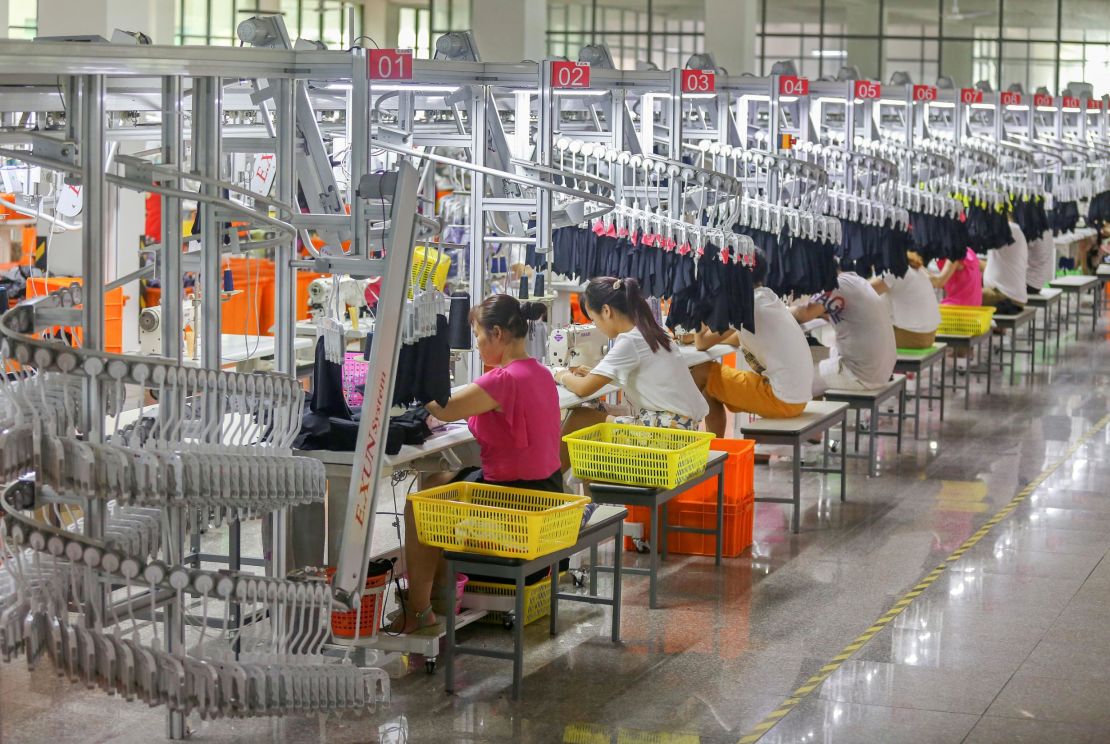
Then there’s top-down pressure from governments. The UK parliament’s pioneering Environmental Audit Committee, for instance, is investigating the social and environmental impact of disposable fast fashion, which could lead to landmark legislation. And just last week, French officials announced an initiative to make Paris the world’s “sustainable capital of fashion” by 2024.
In China, meanwhile, updated environmental laws have contributed to textile factories being temporarily or permanently shut down.
But there is much work to be done. China is neither the sole cause of fashion’s environmental footprint nor its only victim. Yet it is, perhaps, the country with the greatest potential to bring about change.
As the sound of New Year fireworks fades, can it embrace the opportunity to lead the world in sustainable fashion?
